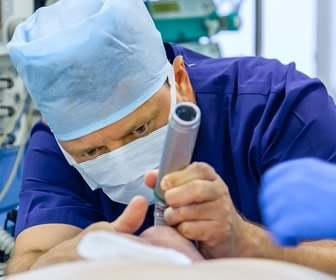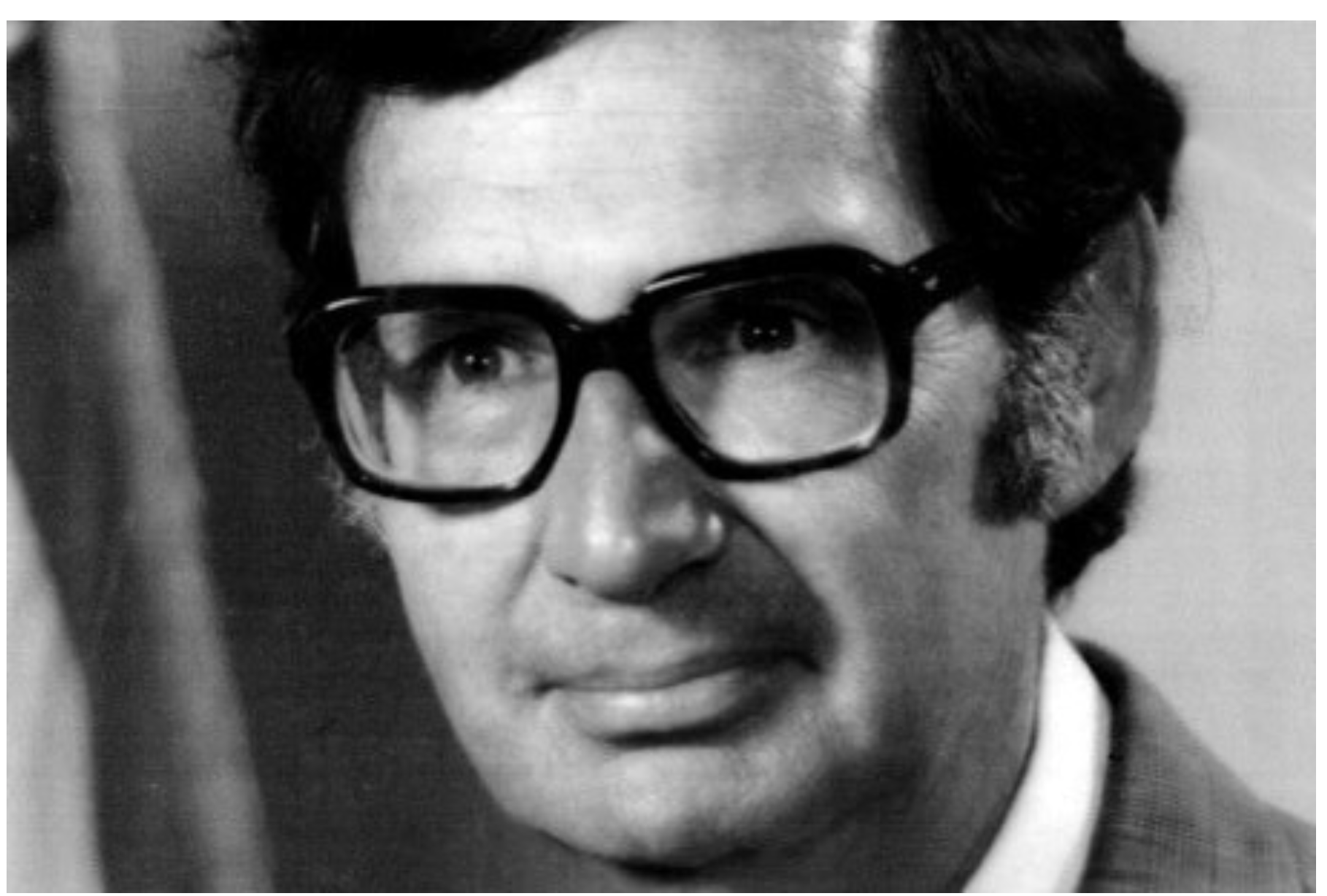Ten minutes into a redeye on JetBlue to JFK, I pull out my earphones in the middle of Nathaniel Rateliff and the Nightsweats’ “Son of a Bitch” to ask my wife why she’s reaching over to ring my call bell. “They just asked for any doctor on board,” she explains. “You’re a doctor,” I point out. “Yeah, I don’t think any of these passengers is looking for an emergency mammogram,” she explains.

The senior flight attendant appears at my elbow. “You’re a doctor?” I nod. “What’s up?” I ask. “Do you have some proof? An ID of some kind?” Geez, this guy is pretty demanding. He scans my surgeon’s club card like a Manhattan bouncer. “Great,” he pronounces. “Follow me.” No problem, I think. I’ve done this drill a few times before. Almost every time, it’s a hyperventilating passenger with more anxiety than pathology.
Senior flight attendant introduces me to my fellow passenger, who is standing and clutching the seats on either side of the aisle in obvious distress. Oops, I’m thinking, this lady looks like a real sick person. She’s trying to breathe at about thirty times a minute, shrugging her shoulders with every breath. She looks scared; like a person who can’t breathe, scared.
“Hi,” I say. “I’m a doctor. What’s the problem, ma’am?”
“I–Can’t–Breathe!”
Got it.
“Let’s get you sitting down,” I suggest. Before you fall down, I don’t add. Because if this lady passes out in the aisle, it’s going to take me and about twelve of my fellow passengers to pick her up. Not gonna be a pretty picture.
“Can’t–sit. Can’t—-breathe.” She shakes her head. Okay then–let’s talk here. “What’s your name, hon? Marie? Great, Marie. Are you having any pain?” She nods vigorously in time with her rapid breathing. “Where is your pain?” She lets go of a seat to tap her chest, then grabs on again to keep from toppling over. “Okay, pain in the chest. Got it. Do you have heart problems?” She nods enthusiastically. “Diabetes?” She nods. “Emphysema?” She nods. Well, maybe she’s just agreeable. “Anything else?”
“Sugar.”
“Do you take insulin?” She nods. “Did you take your insulin today?” She nods. “Did you eat anything before you got on the plane?” She shakes her head. Great. Not just being agreeable, then. “Any other health problems, Marie?”
“Kidneys.”
“Kidneys? Kidney failure? Are you on dialysis?” She nods vigorously. “When was your last dialysis?”
“Weds–breath–day.”
Great. She’s probably on a Monday-Wednesday-Friday schedule. Today is Sunday. Which means her last dialysis was over 3 days ago. Which is a long time to go without dialysis.
So far I’ve diagnosed this lady as probably being in respiratory distress due to florid congestive heart failure, probably having an MI (heart attack), and likely to lapse into hypoglycemia at any moment. I’m thinking anxiety is not the main problem this time around. I’m going to need to do some kind of real doctor-stuff, not just my usual professionally reassuring murmuring. Which is sort of a problem, because I’m a surgeon, not an internist. But I’m a general surgeon, and we all think we know everything about everything, anyway. So there is that going for me.
With flight attendants’ help we clear the back row and get my patient semi reclined and out of the aisle. Oxygen mask applied and helping–as in her lips are no longer purple. Reassurrance. But patient still expressing distress, feeling of impending death, invoking need for Jesus to save her; none of which are considered ‘good signs’ in this setting. Most important, she is still having chest pain. I break open the completely inadequate first aid kit. The kit is composed of many, many sealed plastic bags with various drugs and things, poorly labelled and completely unorganized. A bag of saline with no catheter to connect it to the patient. Helpful.
I find the blood pressure cuff and get some vitals. It takes me three tries to convince myself that her pressure really is sky-high, as in ‘impending-stroke’ high. Her breath sounds are even noisier than the aircraft engines and her heart is going so fast I can’t tell if she has a murmur which is just as well because I was never any good at hearing murmurs anyway. My exam does reveal that she has a dialysis access fistula in her left upper arm which has a bounding pulse–which is good, I think.
So at this point I tear open all the little plastic bags and start giving drugs to my patient. Glucose gel under her tongue for hypoglycemia, nitroglycerin for angina, aspirin for the acute MI. I’d love to start an IV but, again, no angiocath in the kit. Great.
The patient looks better but not great–as in, she now looks like somebody who may die soon rather than at any moment. I call over the flight attendant and mention to him that this lady may die at any moment. She is almost certainly not going to hang on like this for the five-plus hours it’ll take us to get to JFK, not to mention the additional half-hour taxiing to the gate. Time to land, buddy. He gives me his shocked face and mentions that maybe I should talk to the pilot. Good idea. He gets me on the little intercom thing and I introduce myself to Captain Pilot. He asks me about my patient. I explain the situation and tell him in no uncertain terms that she needs to get to a hospital as soon as possible. To my chagrin, the pilot is not enthusiastic about my recommendation. He’ll check in with “MedCon” and get back to me. Really?
More drugs, more oxygen and Marie is alive but still having chest pain. Not good. Blood pressure is better, though. And her breathing is much better. At this point, helpful flight attendant informs me that I’m only allowed to use one more oxygen cylinder. “I’m sorry, why’s that?” Turns out that the plane only carries three cylinders and if I crack open the third one, I’ll violate safety protocol since the attendants need oxygen in case there is a decompression emergency. I inform him that if we are that fucked to have a decompression on top of what’s going on here, he’ll have to hold his breath. He doesn’t find this funny. So maybe, I suggest, he should get the pilot to land this plane like I said twenty minutes ago.
The pilot calls back to inform me that MedCon doesn’t feel the patient’s condition merits diversion. They recommend I continue current therapy, monitor vitals, and report back in thirty minutes with an update. I am pissed. I don’t know who “MedCon” is but I’m no fan. I inform Captain Pilot that if he doesn’t land this plane soon he’ll have a corpse in the last row of his plane. He promises to get back to me. I crack open the third–and last–oxygen cylinder. Flight attendant gives me a very concerned look.
Captain Pilot calls back twenty minutes later to inform me we’re diverting to Denver. Hallellujah! We’ll be down in 40 minutes. Hold it–what? Forty minutes? Captain Pilot lectures me that this is “not easy”, that Denver has “weather”, that it’s going to be “pretty damn bumpy” and he needs to get off the intercom so he can do pilot stuff so I should take care of the patient now, Bye. I’m hoping he’s smart enough to call ahead for an ambulance. Attendant assures me he is.
Half an hour later, I look past my patient and see lights out the window which is the first good time on this whole damn flight. “You’re going to be fine, Marie.” Woo-hoo! Celebration is short lived as pilot instructs everyone to buckle up for an unscheduled landing because the doctor in the back row is making us do this and by the way it’s going to be pretty damn bumpy because there’s a thunderstorm over Denver airport where we’re about to make an unscheduled landing so good luck with that. I’d be pretty pissed at the tone of the overly detailed announcement except I’m busy trying to keep my patient breathing and the last O2 cylinder has been on fumes for the last 3 minutes. I strap in and strap in Marie next to me across two seats and position myself to keep my hand on her pulse as the gear and the flaps come down and we’re bouncing all over the dark stormy skies of Denver, a flash of lightning illuminates the plane and I see a few folks from the back rows looking at me like, “If we crash and die, it’s all your fault, asshole.” So I smile except at that moment I realize that I can no longer feel a pulse on my patient. I attempt to discuss this problem with Marie but her eyes roll up in the back of her head and she slumps over as she stops breathing and proceeds to die.
“Oh, fuck! Really, Marie? Now you pull this?”
I unbuckle and stand up so I can lay my patient across all three seats. Helpful flight attendant yells at me that I must remain seated, we’re landing. Yeah, right. I start doing CPR which of course causes everyone in the last four rows of the plane to start screaming, which makes it tough to hear the automatic external defibrillator announce that “No, your patient does not have a shockable rhythm so, sorry, I’m not going to be much help. Just keep doing the chest compressions. Click.” Which I do while alternating breaths with the Ambu bag hooked up to the empty oxygen cylinder when a very pleasant young lady appears next to me as the plane jounces onto the runway and she asks, “What the hell are you doing?” I explain that I’m doing CPR, are you a doctor?” “I’m a family practitioner, can I help?” “Well, yeah, lady, where you been the last few hours or are you an Leprechaun Family Practitioner that just magically arrived on this airplane?” “Sorry, I was asleep, I didn’t know.” So she starts doing compressions so I can give drugs. Of course, I don’t have a working IV so I shoot an amp of epinephrine transtracheally into her windpipe and shoot another one into her fistula followed by an amp of bicarb because, well, what the hell, it can’t hurt and just might help. Mr AED still isn’t going to shock anybody but there is a pulse which is a definite improvement. Late Arriving Family Practitioner and I alternate doing chest compressions as several of our fellow passengers helpfully record our efforts on their cellphones. A kid leaning on the back of his seat keeps asking if that lady is dead and I’m impressed by my colleague telling him to shut up and go back to playing video games. At this point, the plane arrives at the gate and quite suddenly a squad of EMT’s arrive and somehow get not-entirely-dead-Marie on a gurney and up the aisle to the concourse. Well-Rested Family Practitioner and I follow and see that Marie really does have some type of rhythm on the monitor just before they package her up and speed away towards Denver General. Vaya con dios, Marie!
Well, that was fun–not! I walk back to my original seat next to my wife and realize that my hands are shaking. I’ve done surgery for over thirty years, including a lot of pretty crazy trauma stuff, and I’m sure that this is the most shaken I’ve ever been after taking care of a patient. I was planning on discussing these feelings with my empathetic and supportive spouse, but I’m shushed by her so we can listen to the pilot announcing that, no, we won’t be taking off shortly to continue our voyage to JFK. Rather, he explains, this emergency diversion required by the doctor sitting in seat 6B has eliminated any chance of making it to JFK to be home with your loved ones or to make all those connections to lots of fun places because the doctor used up all the oxygen and the crew is traumatized and not allowed to continue so we’ll all be spending the rest of the night here in Denver International and we’ll try to get you seats on a plane in the morning to New York or somewhere, probably. Thanks for choosing Jet Blue!
At this point there is a general groan and many pointed stares pointed pointedly in my direction.
As we all gather up our carry-ons and make for the exit, I see Captain Pilot leaning against the doorway to the cockpit. I stop to chat. I introduce myself as the doctor who was on the other end of the intercom. “Oh,” he says without a smile. “That was you.” I agree that was indeed me. Just because I’m curious and still a bit pissed off, I reveal to Captain Pilot that I was surprised that there was such reluctance to land the plane even though it was my professional opinion that his patient was going to die otherwise.
Captain Pilot looks at me with a steely gaze and, in that Southern pilot drawl that they all have, says, “Doc, you got one life to worry about back there. I gotta worry about 186 lives. You do your job, I’ll do mine.”
I guess that’s pilot talk for “thanks for your help.”















